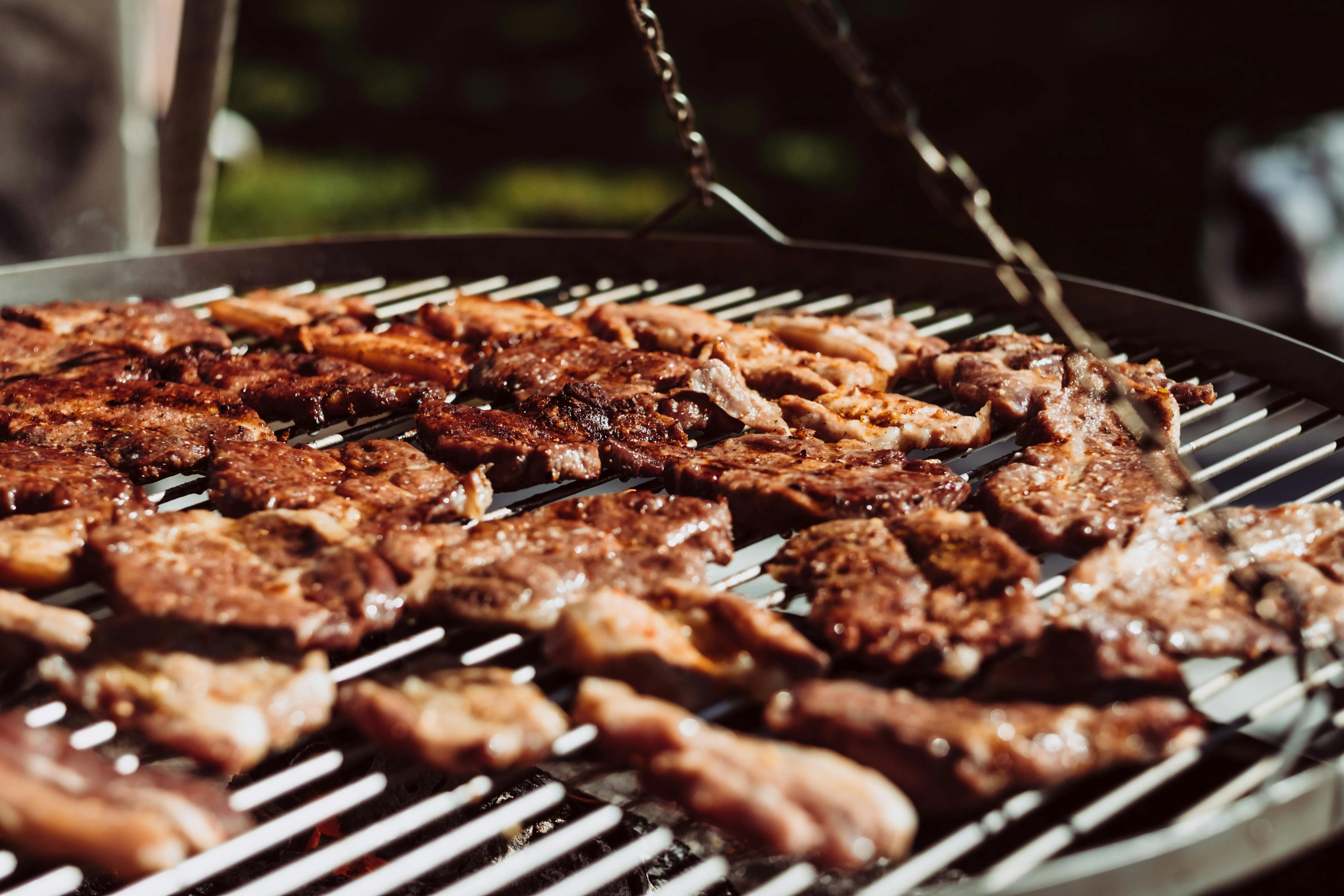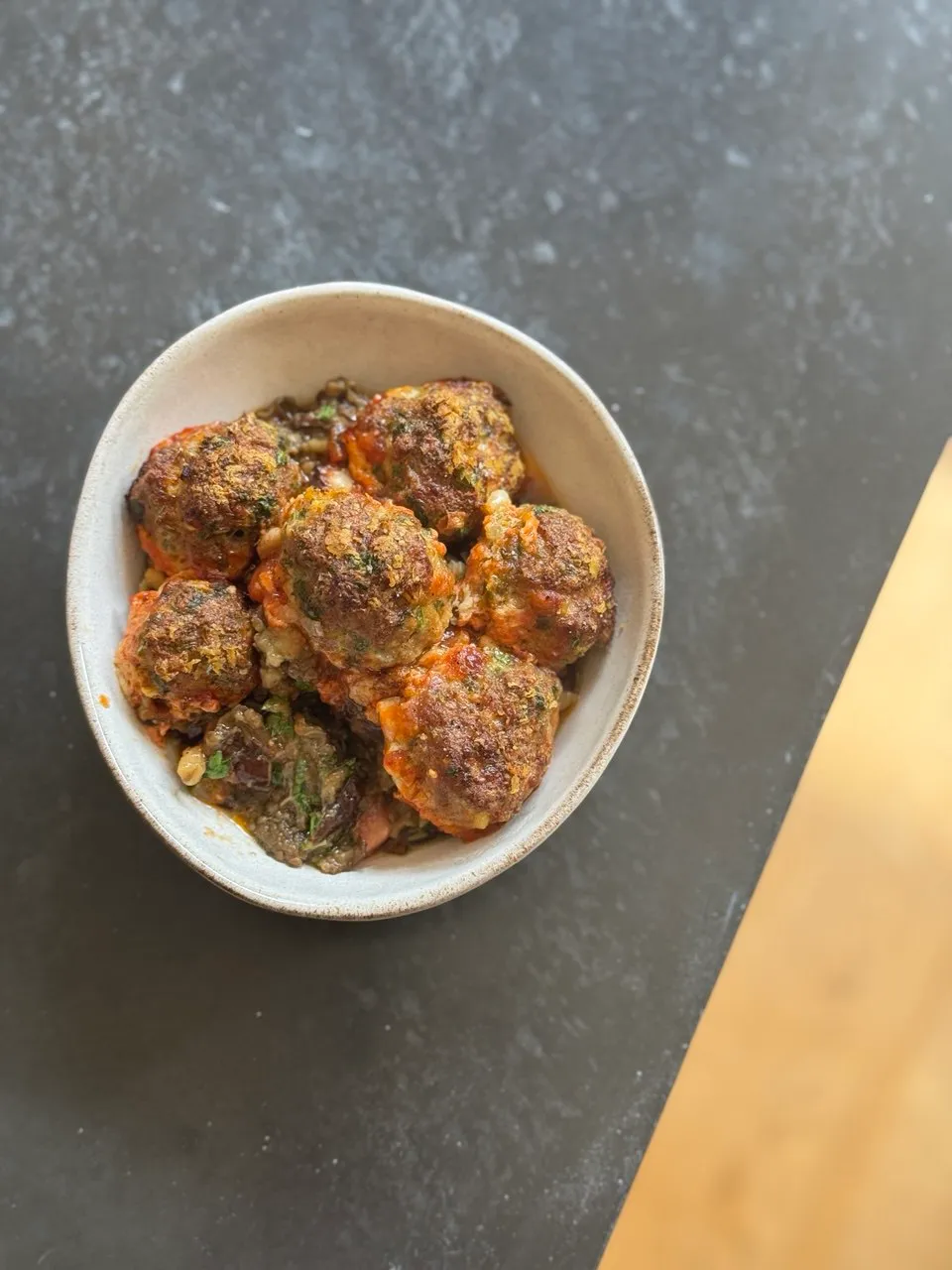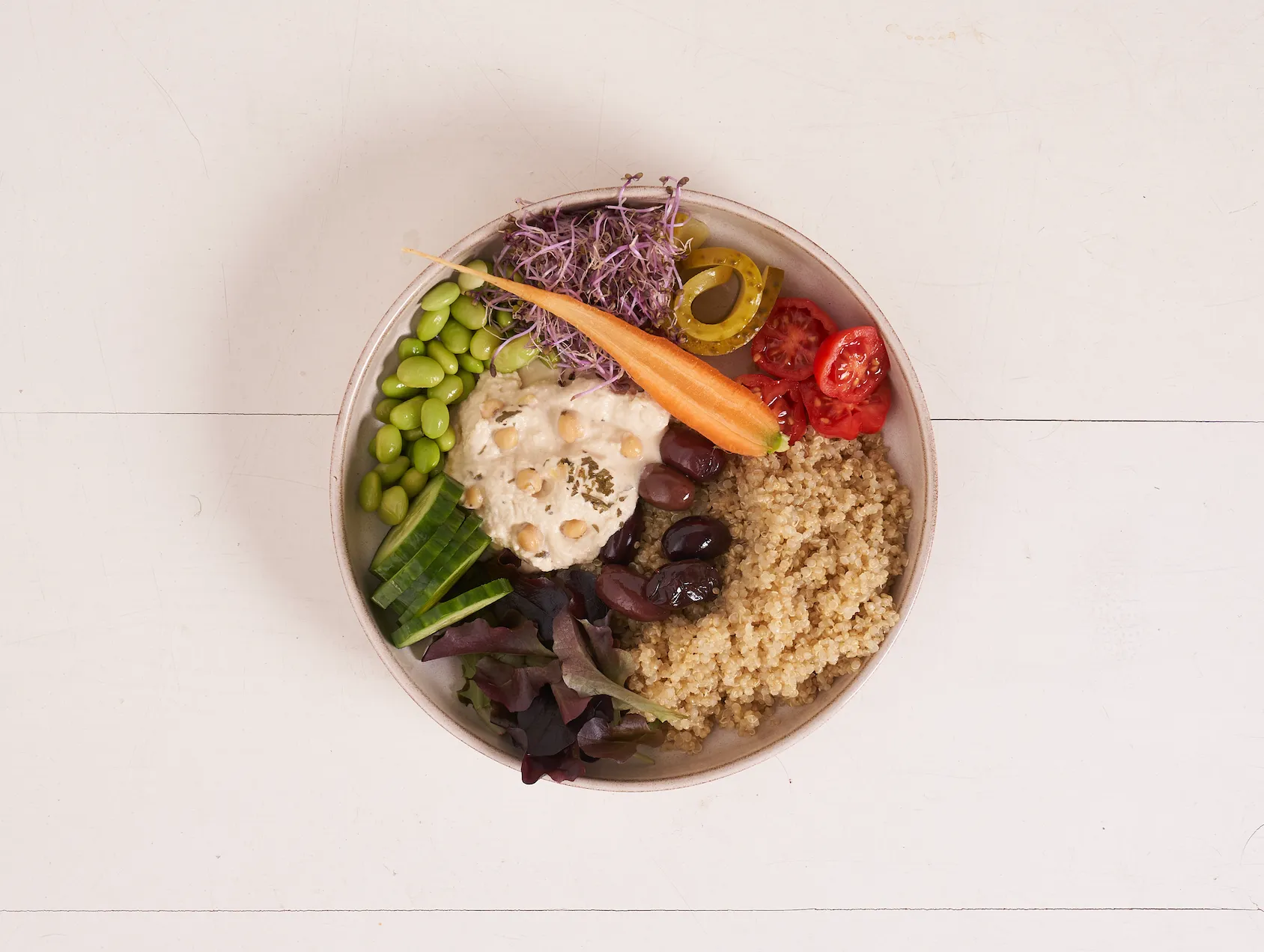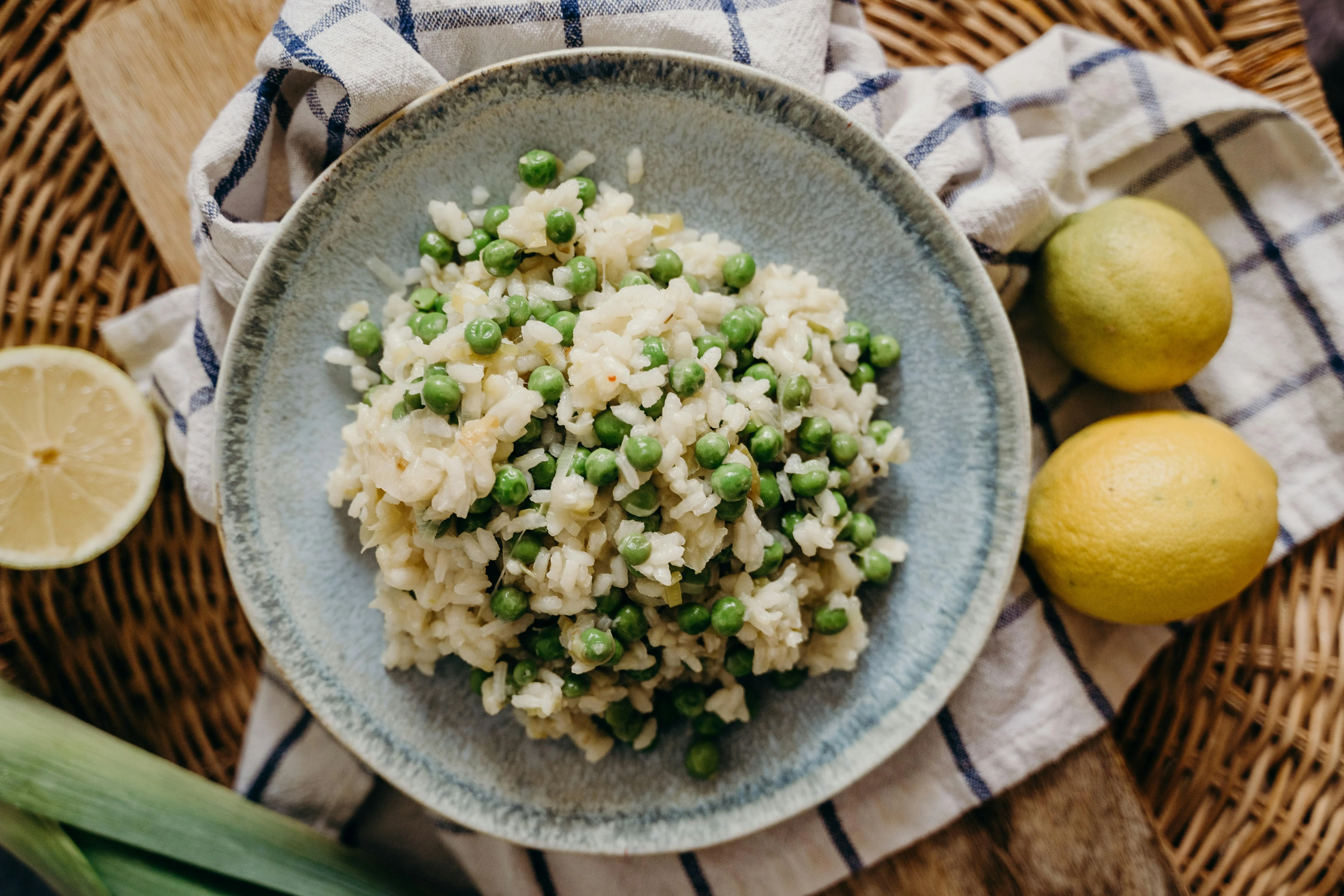
These unseasonably warm +18°C mornings in November remind us that there’s still time to head outdoors and grill some shashlik. It’s been a while since November allowed us such luxury, so why not seize the opportunity?
The phrase "grilling shashlik" instantly brings two things to mind: Stalik Khankishiyev’s "Kazan, Mangal" and lamb shashlik on Ai-Petri in Crimea.
Let’s take the most delicious option—lamb loin shashlik, especially if it’s bone-in. In that case, you’ll need to make cuts between the ribs. The pieces should be about 1.5–1.8 cm thick.
- Lamb loin (preferably on the bone)
- Ground coriander seeds
- Red pepper
- Black pepper
- Cumin (jeera)
- Vegetable oil
- Coarse salt
- Sparkling mineral water (if the lamb is older)
- Lamb fat (if using lean meat)
Marinade:
A good young lamb hardly needs marinating. Just mix ground coriander, red pepper, black pepper, and cumin into a powder, then combine with vegetable oil and coarse salt. Let it sit for 1.5–2 hours—just enough time to reach your grilling spot and light the fire.
If the lamb is noticeably older, marinate it in sparkling mineral water for about 6 hours. The carbon dioxide bubbles make the meat more tender and juicy. This marinade also works for boneless meat, but you’ll need to add lamb fat—one piece of fat for every 2–3 pieces of meat.
Grilling:
Cook directly over the coals. The higher you raise the meat, the drier it will get. Keep it close for a juicy, flavorful result.
Marinade:
A good young lamb hardly needs marinating. Just mix ground coriander, red pepper, black pepper, and cumin into a powder, then combine with vegetable oil and coarse salt. Let it sit for 1.5–2 hours—just enough time to reach your grilling spot and light the fire.
If the lamb is noticeably older, marinate it in sparkling mineral water for about 6 hours. The carbon dioxide bubbles make the meat more tender and juicy. This marinade also works for boneless meat, but you’ll need to add lamb fat—one piece of fat for every 2–3 pieces of meat.
Grilling:
Cook directly over the coals. The higher you raise the meat, the drier it will get. Keep it close for a juicy, flavorful result.










